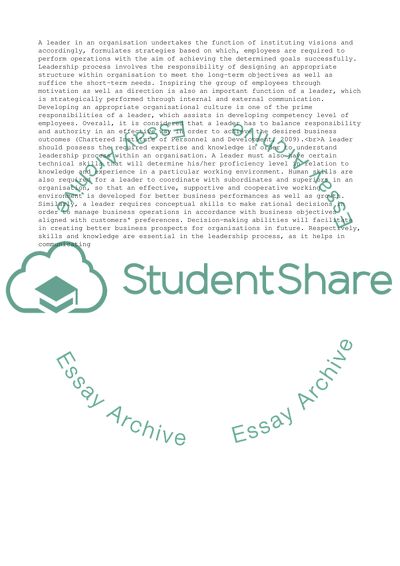Cite this document
(Being a Leader Coursework Example | Topics and Well Written Essays - 2500 words, n.d.)
Being a Leader Coursework Example | Topics and Well Written Essays - 2500 words. https://studentshare.org/management/1830400-being-a-leader
Being a Leader Coursework Example | Topics and Well Written Essays - 2500 words. https://studentshare.org/management/1830400-being-a-leader
(Being a Leader Coursework Example | Topics and Well Written Essays - 2500 Words)
Being a Leader Coursework Example | Topics and Well Written Essays - 2500 Words. https://studentshare.org/management/1830400-being-a-leader.
Being a Leader Coursework Example | Topics and Well Written Essays - 2500 Words. https://studentshare.org/management/1830400-being-a-leader.
“Being a Leader Coursework Example | Topics and Well Written Essays - 2500 Words”. https://studentshare.org/management/1830400-being-a-leader.


